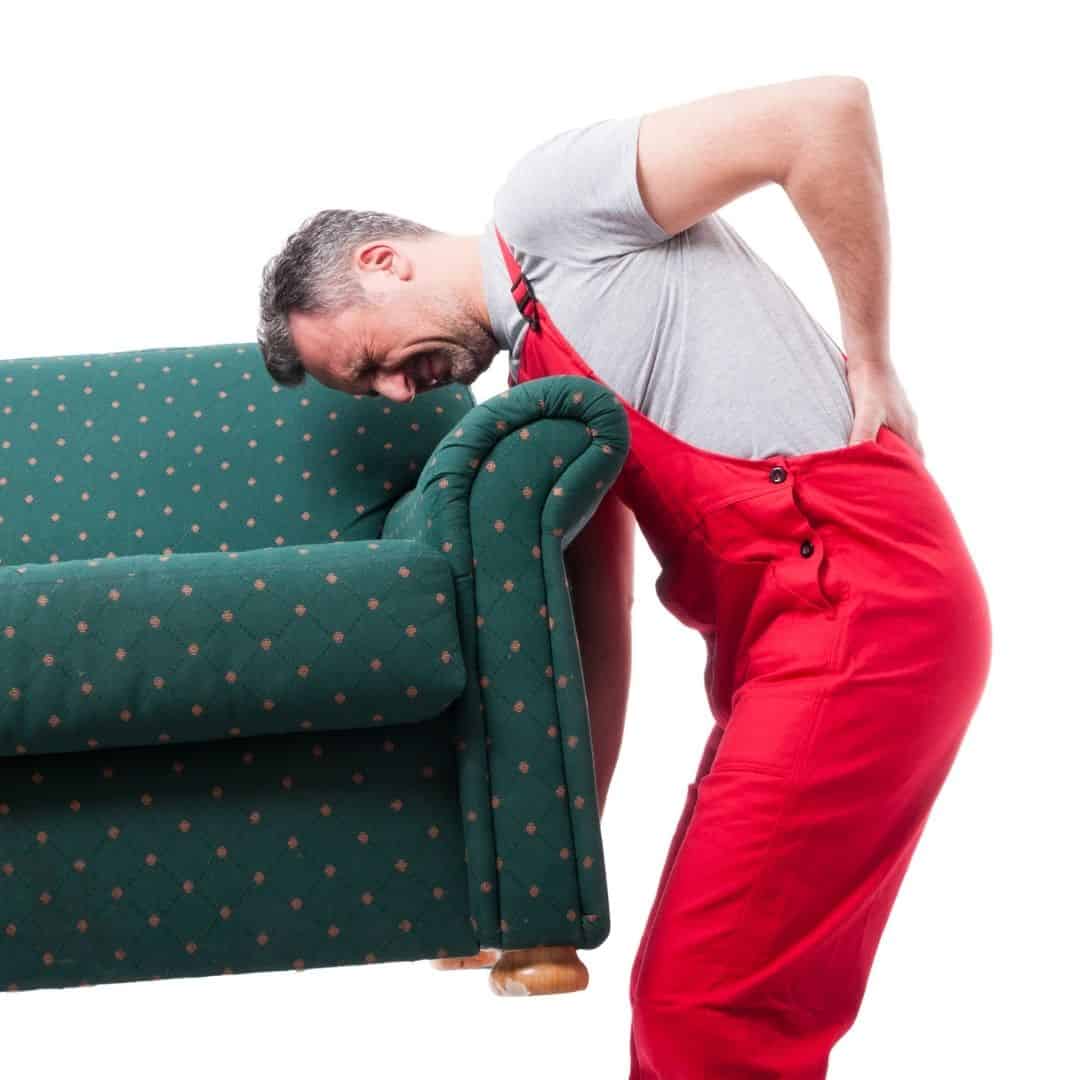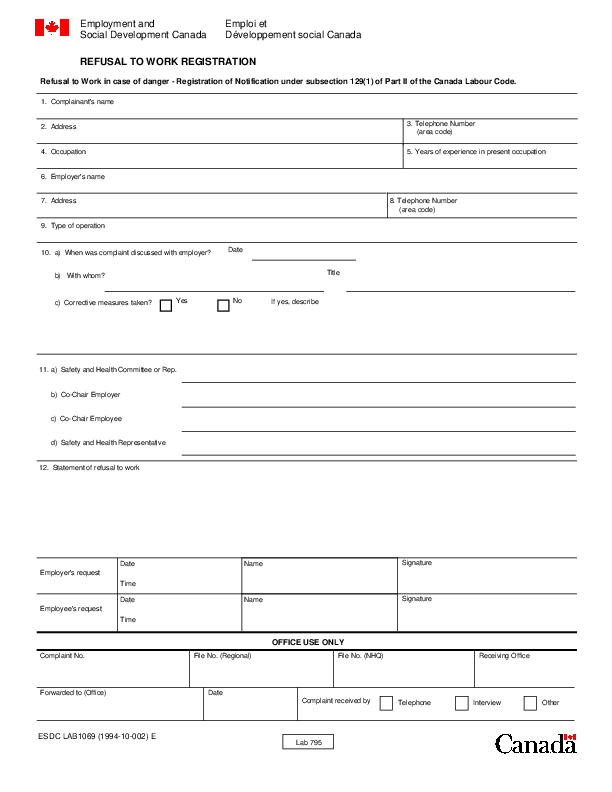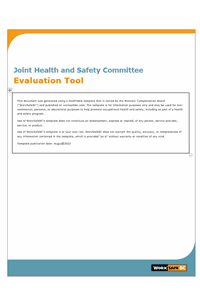
Lifting: Oh, My Aching Back!
Lifting or manually moving heavy objects puts workers at risk for overexertion injuries, especially to the back. Use proper procedures and equipment to avoid the pain!
Everyone experiences back pain at some point. Most back pain comes from simple muscle irritation with pain centered in the neck, upper or lower back, or down into the buttocks and thighs. Back pain can also come from a sudden movement—you trip, try to grab something as it falls, or jump out of the way of something. That sudden movement can be very damaging to the back.
Overexertion is the main cause of work-related injury for truck drivers in general trucking; it accounts for 24% of all claims by truck drivers. On average, more than 200 drivers suffer overexertion injuries each year, with 30% resulting from handling heavy objects. In moving and storage, overexertion is the leading cause of work-related injuries for truck drivers, with 60% caused by handling heavy object.
Manual material handling—lifting and carrying heavy objects, pushing or pulling pallet jacks, carts, and dollies—is the main cause of overexertion injuries. Your risk of back injury and pain increases if you frequently lift heavy loads, carry heavy objects for long distances, carry an object far out in front of you, or lifting improperly when picking up something heavy from the floor. The scale of injury is influenced by the weight, size, and shape of objects and the way objects are handled, such as posture, bending, twisting, and repetition.
Occupational Health and Safety at Human Resources and Skills Development Canada offers these recommendations for manual material handling:
• If possible, eliminate repetitive work and automate jobs involving repetitive tasks
• Use mechanical handling equipment, such as hand trucks, lift trucks, and conveyors
• Reconfigure workstations to avoid awkward postures
• Decrease the weight of objects handled
• Add grips to objects being handled
• Use personal protective equipment, such as belts, braces, leg guards, and anti-fatigue matting
• Use safe lifting techniques
The Canadian Centre for Occupational Health and Safety also recommends:
• Reducing risk by considering and managing ergonomics, engineering, the work environment, and human capabilities
• Reducing injury-causing movements such as reaching, bending, or twisting by keeping tools and materials at work level, eliminating deep shelves, and ensuring sufficient space for manoeuvring loads
• Pacing yourself to avoid tension in the body that makes muscles more injury-prone
• Improving work site conditions such as good lighting for greater visibility
Be sure you have learned the proper techniques for manual material handling and talk to your supervisor if you have questions.
Latest Resources
LAB 1069-Refusal to Work Registration
The Employer’s Investigation Report (LAB1069) is a required form under Part II of t ...
Joint Health and Safety Committee Evaluation Tool
This evaluation tool helps assess the effectiveness of a Joint Health and Safety Comm ...

